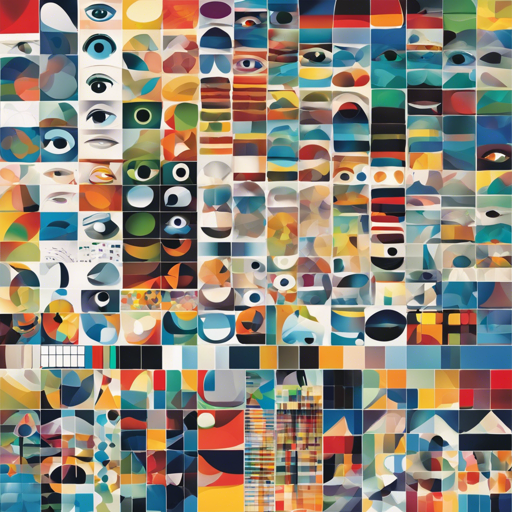The **Perceptual Similarity Metric** (LPIPS) and its corresponding dataset (BAPPS) are powerful tools in the realm of image processing. This blog post will guide you through the setup and utilization of LPIPS to evaluate perceptual similarity and how to leverage the BAPPS dataset for training these models.
What is LPIPS?
LPIPS stands for **Learned Perceptual Image Patch Similarity**. It’s a metric used to evaluate the distance between image patches, where a higher distance indicates more dissimilarity, and a lower distance indicates more similarity. This is particularly useful in various applications like image compression, style transfer, and more.
Quick Start Guide
To get started with LPIPS, ensure you have Python installed and follow these steps:
Step 1: Install Requirements
- Install PyTorch 1.0+ and torchvision.
- Run the following command to install LPIPS:
pip install lpipsStep 2: Import Libraries
In your Python script, import the necessary libraries:
import lpips
import torchStep 3: Set Up the LPIPS Function
Initialize the distance metric:
loss_fn_alex = lpips.LPIPS(net='alex') # Best for forward scores
loss_fn_vgg = lpips.LPIPS(net='vgg') # Closer to traditional perceptual lossStep 4: Prepare Your Images
Make sure your images are in RGB format and normalized to the range [-1, 1].
img0 = torch.zeros(1, 3, 64, 64) # Example of an image
img1 = torch.zeros(1, 3, 64, 64) # Another imageStep 5: Calculate Perceptual Distance
You can now obtain the perceptual distance between the two images:
d = loss_fn_alex(img0, img1)Explaining LPIPS with an Analogy
Imagine you are trying to determine how similar two paintings are based on their colors and brush strokes. If the paintings have drastically different colors, you conclude they are very different; if they have similar shades and styles, they feel more alike.
LPIPS acts like an art critic, evaluating the “soul” of the images—color composition, texture, and styles etc. Instead of judging art, it uses deep neural networks to analyze image patches and tells you how they stand together. A high score indicates the two patches are like very different paintings, while a low score suggests they are akin to different versions of the same artwork.
Troubleshooting Tips
If you encounter issues during installation or usage, consider the following troubleshooting ideas:
- Ensure that you are using a compatible version of Python and PyTorch.
- If you have problems with the GPU version, try running your functions on the CPU instead.
- For further assistance, we recommend checking the GitHub repository here.
- If errors persist, make sure all dependent libraries are properly installed as listed in the requirements.
- Keep an eye on compatibility notes with different PyTorch versions.
For more insights, updates, or to collaborate on AI development projects, stay connected with fxis.ai.
Using the BAPPS Dataset
The Bayesian-Adobe Perceptual Patch Similarity (BAPPS) dataset serves as a benchmarking tool for evaluating perceptual metrics.
Step 6: Download the Dataset
To download the dataset, run:
bash .scripts/download_dataset.shThis script will download and unzip the dataset into a directory.
Step 7: Evaluating Metrics with the Dataset
To evaluate your model on the dataset, run the following command:
python test_dataset_model.py --dataset_mode 2afc --datasets valtraditional valcnn --model lpips --net alex --use_gpu --batch_size 50Adjust the parameters according to your specific needs based on the evaluation type you aim to perform.
Conclusion
And there you have it! Your ultimate guide to utilizing the Perceptual Similarity Metric and Dataset. Whether you’re calculating perceptual similarity or training and evaluating models, these tools can significantly enhance your image processing projects. At fxis.ai, we believe that such advancements are crucial for the future of AI, as they enable more comprehensive and effective solutions.
Our team is continually exploring new methodologies to push the envelope in artificial intelligence, ensuring that our clients benefit from the latest technological innovations.

